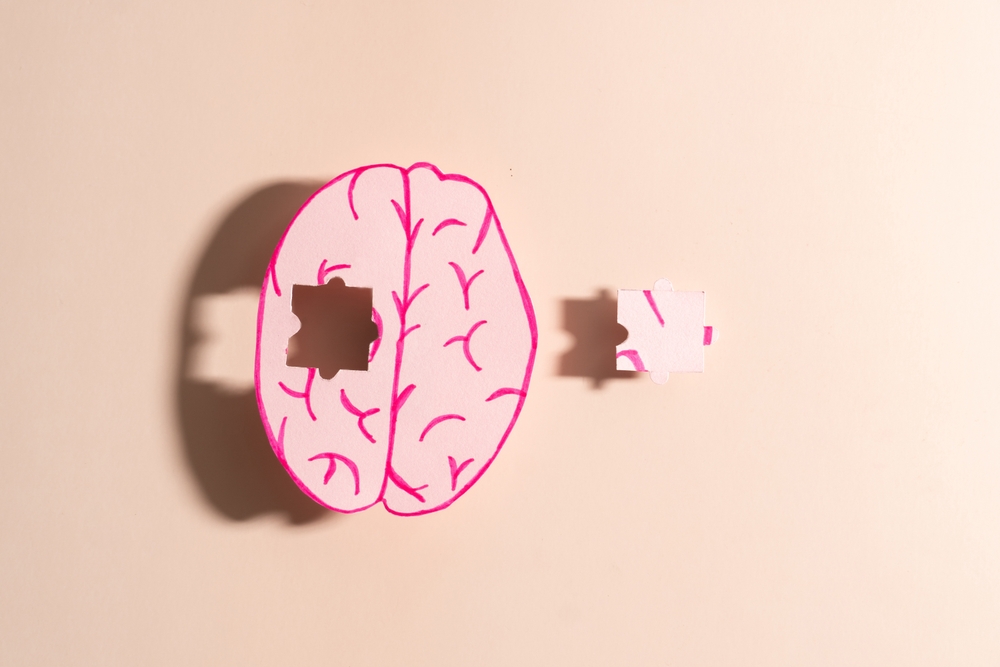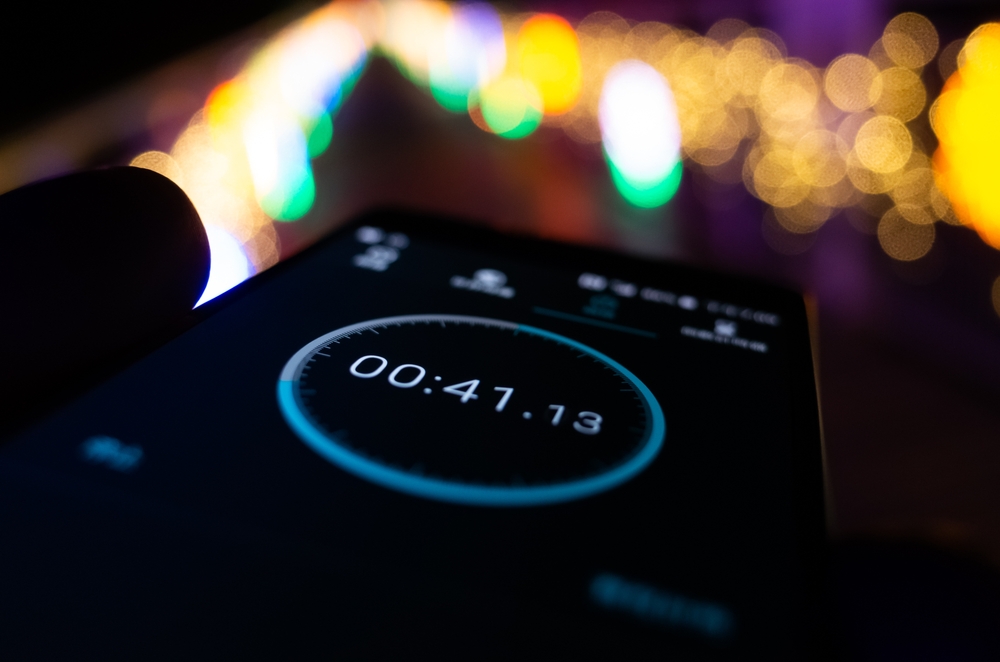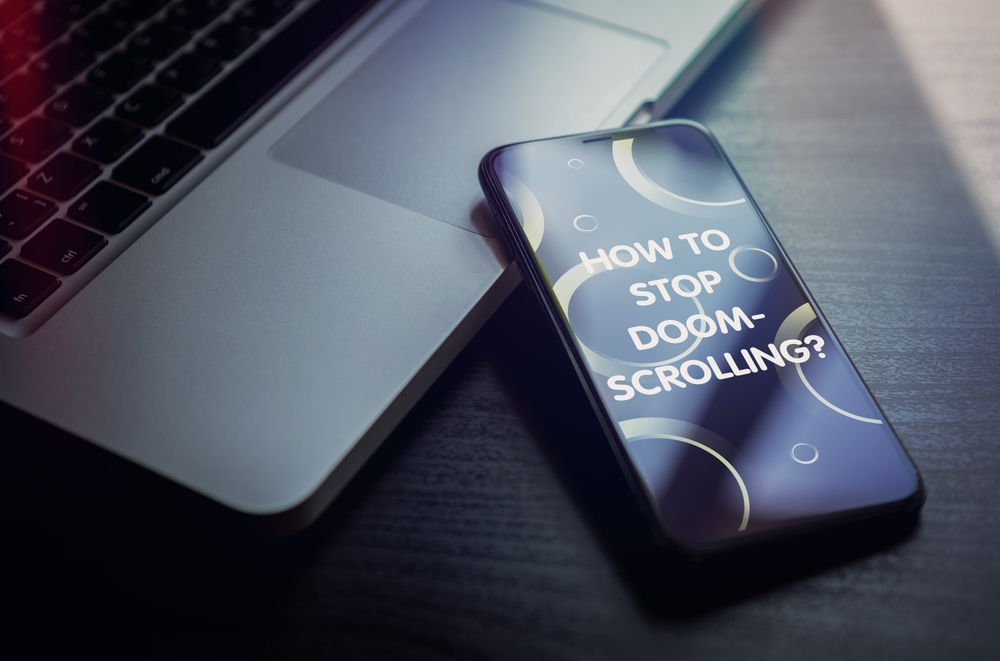In an online world, it’s impossible not to go on the internet and social media—especially when you are young. However, there are risks that come with social media such as TikTok and Instagram, and this can come in the form of doomscrolling. As such, it is crucial to understand how doomscrolling affects a child’s developing brain, and when you should be concerned about your child’s digital habits.
What Is Doomscrolling and Why Kids Are Doing It?

Doomscrolling is when a person spends a lot of their time watching/listening/reading negative news online, particularly on social media apps. It is common for people to feel like they ‘need’ to do it to ‘just to stay informed’, but have difficulty pulling themselves away from the screen and stopping the behaviour.
As with many online behaviours, doomscrolling can quickly become a habit that is difficult to break out of, and you can get stuck in a cycle of negativity as you see one negative news story after the next. This can read to symptoms of depression increasing, irritability, and more, and it can be incredibly difficult to deal with and manage in some cases
Is Doomscrolling Linked to Brain Rot?
Doomscrolling and brain rot are not necessarily linked, but there may be some overlap in the meaning of these terms. Brain rot is an informal term that refers to the cognitive decline and mental exhaustion that could be the result of excessive screen time, but it can also be used to mean online content that is low quality, which contributes to concentration difficulty, memory loss, difficulty making decisions, and more.
It’s important to note that doomscrolling and brain rot are not medical terms, but are rather terms that are frequently used as a way of describing various effects of over-consumption of digital content.
The Developing Brain: Why Are Children More Vulnerable?

Children are more vulnerable to doomscrolling because they do not have the experience to help them overcome difficult issues and know what is wrong or safe on the internet. Most, if not all, social media or digital platforms in general, are not designed with children in mind, which means that it is very easy for young people to come across content that is unsuitable for them.
Doomscrolling is all about ‘attention economy’ as well, and this keeps consumers coming back to scroll more, whether it is because of the desire to know what is going on in the world, the desire to feel safe, or something else.
When considering how doomscrolling affects a child’s developing brain, it is crucial to remember that we live in a world where the internet is a given in many countries, and very young children can have access to it. Due to their very limited life experience and online safety skills, they are more likely to come across information that is not meant for them, and this in itself can have lasting effects.
What Are the Cognitive and Emotional Effects of Doomscrolling in Children?
Doomscrolling can negatively impact children in a number of ways, including reinforcing catastrophising thinking, worsen anxiety and depression, and make your mental health worse overall due to constant bad news, worry, and even fear. Understanding how doomscrolling affects a child’s developing brain, and the signs to look out for if you are worried about this, is key.
Too much screen time in general is bad for children, as it can hinder development in key areas by preventing children from interacting with the real world and experiencing what they are meant to. This can lead to a form of ‘tunnel vision’, that puts digital content over the real world, and can lead to desensitisation, inattentiveness, and indifference, and more.
What Are the Signs That Your Child May Be Doomscrolling?
Now that we know how doomscrolling affects a child’s developing brain, you need to know what to look out for in children so that you can help them and make a lasting positive impact on their digital habits and mental well-being. Common signs will include anxiety and low mood, reduced attention span, problems learning and remembering things, disrupted sleep, and more, with everyone potentially experiencing something a bit different.
Some key behaviours to look out for regarding doomscrolling include:
- Sleep disruption
- Anxiety and low mood
- Reduced attention span
- Impaired memory and learning
How Do You Reduce the Impact? Practical Tips for Parents

Being able to reduce the impact of negative online content is key, and knowing how doomscrolling affects a child’s developing brain should make you take this seriously. From being a good role model yourself and openly talking to your children, to implementing thought stopping and localising behaviours can be key.
Please remember that what works for one person may not work for another, and you may need to take some time to learn what world for you, your children, and your family to reap the benefits.
Below are some good ways for parents to help their kids reduce the impact of doomscrolling:
- Be a good role model – set a good example for your children, and limit your own time scrolling on social media and apps. Children are known for copying parents, and if they see you being a good role model, they are more likely to copy that behaviour
- Have open conversations about it – create a safe and judgement-free space for your children, and have an honest conversation with them about the dangers of online content, how it can impact them, and what they can do to help themselves
- Promote mindful media consumption – teach your children to be mindful of how they feel as they scroll, both physically and emotionally. Tension, quicker pulse, hyperventilation, irritation, anxiety, stinging eyes, and more, are all indicators that they need to take a break from scrolling
- Set healthy boundaries around screen time – this will be different for everyone, but you can set family screen time limits together, and help everyone (including yourself), build better skills and self-regulate while establishing clear and much-needed boundaries
- Foster a love for offline interests and activities – encourage offline and screen-free activities to balance your children’s lives. Art, sports, music, nature, or anything else they are interested in can help reduce the want or need to check phones and doomscroll
- Encourage a more positive social media experience – you can help your children curate more positive feeds and suggest accounts for them to follow that will offer positivity and balance out their social media
Teach Your Children About Compulsive Phone Checking
Teach your kids to check their phones consciously rather than impulsively. The number of times we subconsciously reach for our devices can be worrying, and we need to teach ourselves and others to only do this when we actually intend to, or else we unconsciously pick up our phones, open social media, and start scrolling.
When this happens, Dr. Albers suggests that you think of a big red stop sign (this is thought stopping, a cognitive behavioural technique), and do not carry out the thought.
If compulsion proves to be more challenging, using apps such as Freedom, AppBlock, or StayFocused, can be invaluable, as you can set a time that certain apps or website access is blocked, therefore curbing the compulsion and promoting mindfulness and conscious thinking.
Localise Phone Checking if You Are Struggling
Localising a behaviour means that you limit doing that behaviour at set places or times (or both) to limit it and take back control. Decide how and where you will get your news, and stick to it so that your mind can focus.
To localise doomscrolling behaviour, you could:
- Put your phone in another room or away from your desk
- Set time limits for scrolling (this can be a daily limit, hourly limit, whatever works for you)
- Carefully curate your feeds to avoid excessive amounts of bad news (this is easily done on apps like TikTok)
How The Brain Workshop Supports Healthy Digital Habits

How doomscrolling affects a child’s developing brain can differ from person to person, but low mood, increased agitation, and signs of depression are key behaviours to look for in your children. These could all be indicators of doomscrolling, and steps should be taken to improve their digital habits and improve mental well-being early on.
Concerned about how screen habits are affecting your child’s brain? Contact The Brain Workshop for expert-led assessments, coaching, and digital wellbeing support.
If you would like to learn more or get tested for ADHD, please don’t hesitate to learn more about us at the Brain Workshop, meet our team, check out events, or even read our FAQ. Or, find out more about how doomscrolling affects a child’s developing brain, the impact that Ramadan has on your brain, how to stay productive in school during the holy month, and how to manage exams during this time.






